
What are the hallmarks of an authentic American dive? The flickering neon sign, the cantankerous old bartender, the backed-up bathroom or the alarmingly cheap booze?
The down-and-dirty criteria for a true dive varies, but the sense of ease you feel when you enter is universal. As dives continue to croak, you crave that blanketing effect of familiarity, mixed with stale odors, time-ravaged memorabilia and regulars sitting on either side.
These spaces shutter in greater numbers each year; there are now too many lost dives to count. Some may reopen as glossy imitations with new owners, while others seal up for the big sleep, never to serve another dollar pint. In tribute to these fallen brothers, raise a chipped glass to seven of the greats--and don't forget: The magic's in the memory.
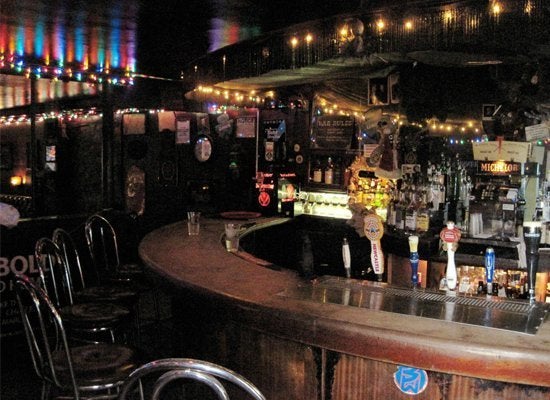
Recognized by the ancient phone booth and frayed stripes of duct tape holding the place together, the Holiday was a humble tribute to the art of heavy drinking. It attracted decades of loyals with its unhurried hospitality, and its closure in 2012 following Lutak’s death marked the end of an era on St. Marks Place.
blogspot.com
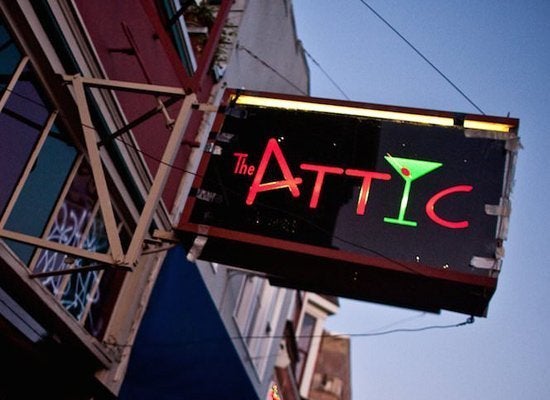
But the Attic’s calling card was also its downfall, as the late-night dance sprees led it straight into a lawsuit with its neighbors. Faced with noise complaint fines and crumbling walls, the lively, sweat-inducing dive finally succumbed in 2014, leaving no trace of its former self—not even the vintage sign.
thebolditalic.com
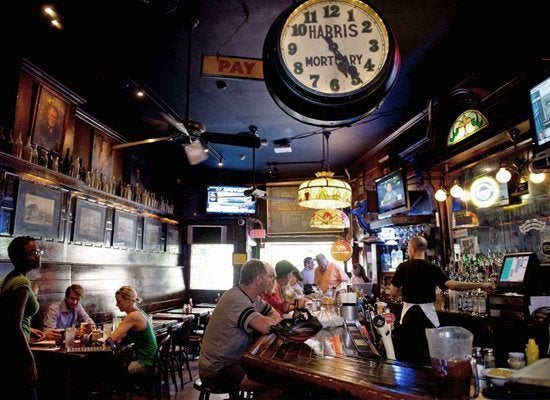
The Hawk’s legacy would have marched on, but Long lost his lease to a competitor in 2011. Though the name still hangs above the door, the bar’s original artifacts were auctioned off, and the tattered political posters and decoy ducks have been replaced with the shiny substitutes of new ownership.
washtimes.com
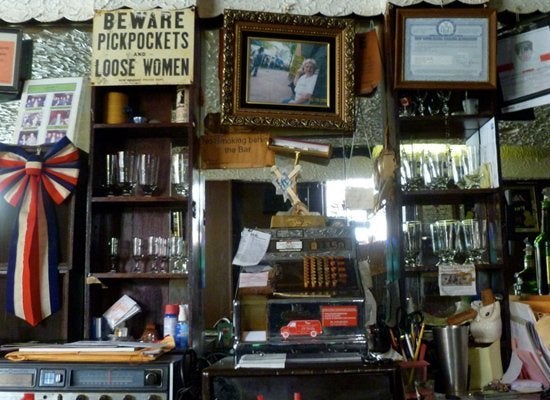
Proud till the end, the 75-year-old joint (occasionally referred to as “Hell’s Waiting Room”) outlasted countless other dives in the area. No victim of rising rents, Jackie’s closed voluntarily in 2013 due to the owner’s declining health. A noble end for a respected dive.
flickr.com
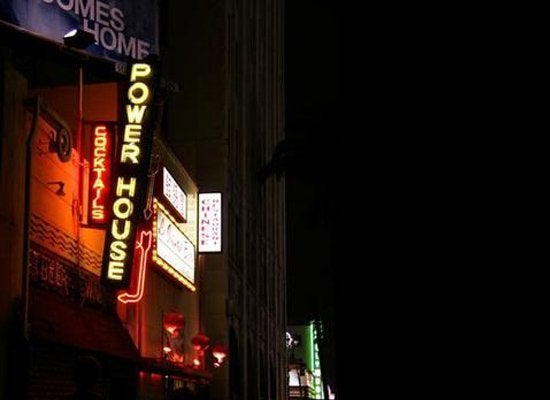
What gave this watering hole its star power? Perhaps the Old Hollywood ambience or the extra-cheap drinks, both rarities in today’s L.A. bar scene. The dive is set to be renovated and reopened as a trendy club, but regulars will remember it in its original form, when all patrons were equal and the PBR flowed freely.
guestofaguest.com
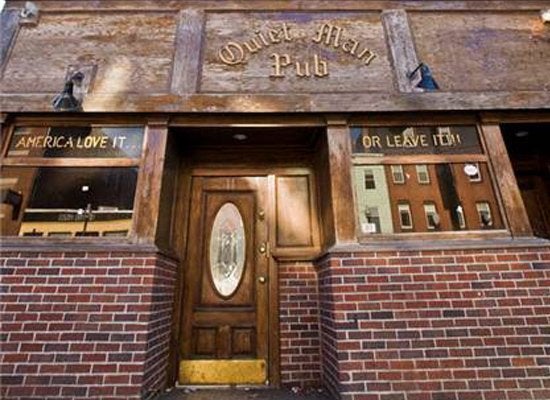
As the area developed, The Quiet Man and other Irish dives were eventually forced to make way for new real estate ventures, and the bar was demolished in 2011 for massive condos. Gone were the beers in plastic cups, the ruddy regulars and the bar’s greatest claim to fame—the legendary steak tips.
thephoenix.com
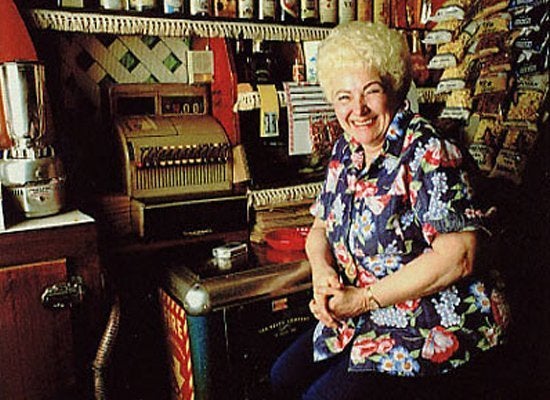
After her death in 2011, Marie willed the bar to a longtime friend who kept it running for another two years. But like all the best dives, it seems the magical component was the owner herself. Marie was the supreme matriarch, and at her bar, everyone was welcome.
chibarproject.com
More from Liquor.com: